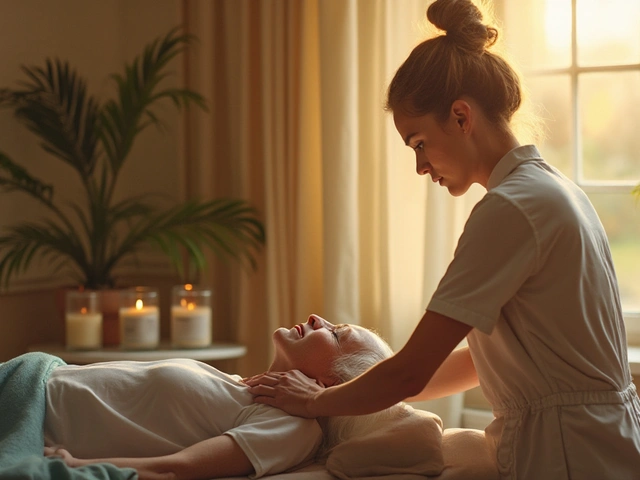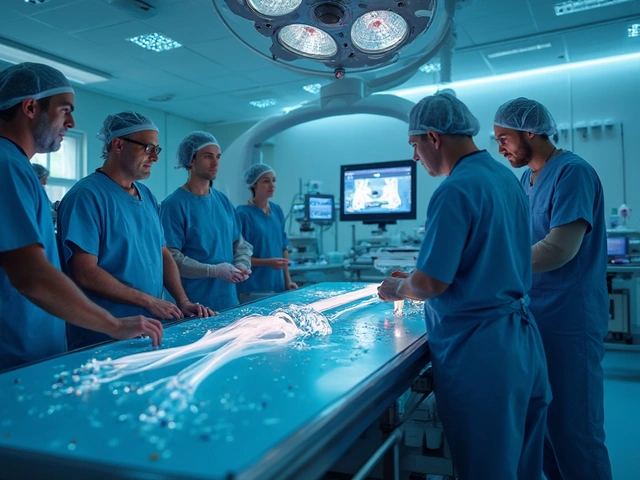Energy Metabolism: Simple Ways Massage and Movement Help Your Body Run Better
Feeling drained even after sleep? Energy metabolism is how your body turns food, oxygen, and movement into usable fuel. You don’t need a lab test to improve it—small, specific changes in how you move, recover, and rest can make a real difference. Massage and bodywork aren’t just relaxing: they change circulation, reduce muscle tension, and help systems that support energy at a cellular level.
Think of massage as a tune-up. Therapies like Amma, Feldenkrais, Ortho-Bionomy, and even warm stone or cupping work in different ways but share one benefit: they lower chronic tension. When muscles stop fighting each other, breathing becomes deeper and blood flows better. Better blood flow means more oxygen and nutrients reach muscles and organs — and that helps mitochondria, the tiny power plants in your cells, do their job.
Practical ways to boost energy metabolism with touch and movement
Combine a gentle movement practice with targeted bodywork. Short, mindful sessions like Feldenkrais or a 20-minute mobility routine the day after a massage keep tissues flexible and reduce the energy cost of movement. If you’re short on time, try these: 1) Add 10 minutes of brisk walking after a massage to keep circulation moving. 2) Use acupressure on ST36 (below the knee) and LI4 (between thumb and index finger) to fight fatigue—press for 30–60 seconds, several times a day. 3) Hydrate before and after sessions; lymph and blood need fluid to move toxins and nutrients efficiently.
Recovery, sleep, and what to eat
Recovery habits shape metabolism. Deep sleep repairs mitochondria and balances hormones that control appetite and energy. Aim for consistent sleep and a small protein-rich snack after intense movement to support muscle repair. Include iron-rich foods and vitamin D if you feel chronically low—these nutrients directly affect how well your body makes energy.
Choose the right bodywork for your goal. Want posture and long-term change? Hellerwork or Rolfing helps alignment, which reduces wasted effort in everyday movement. Need fast relief and better circulation? Warm stone or trigger point massage loosens tight spots and restores range of motion. Curious about gentle options for chronic pain? Ortho-Bionomy and gentle Feldenkrais sessions teach your body easier ways to move, which reduces the energy needed for daily tasks.
Start small and track what helps. Try one session of bodywork plus a short movement habit for two weeks. Notice sleep, midday energy, and how hard normal activities feel. Tweak from there: different hands, different techniques, or slightly longer walks after sessions. Energy metabolism isn’t fixed. With focused touch, smarter movement, and basic recovery, you’ll feel more stable and less worn out during the day.

Boost Your Brain Power with Bioenergetics: Simple Changes, Real Results
This article breaks down how bioenergetics—your body's way of making and using energy—can seriously boost brain power. You'll see how everyday habits impact your mental sharpness, plus learn how small changes in diet, movement, and daily routine translate to better mental performance. Real-life tips and easy science make this a practical guide for anyone who wants to sharpen their mind without complicated jargon. Expect relatable examples and clear advice, all geared toward helping your brain work smarter. It's about making science work for you, with no fluff and no nonsense.
Categories
- Health and Wellness (148)
- Alternative Therapies (86)
- Massage Therapy (40)
- Travel and Culture (15)
- Beauty and Skincare (9)
- Holistic Health (8)
- Health and Fitness (5)
- Spirituality (5)
- Other (2)
- Personal Development (2)



